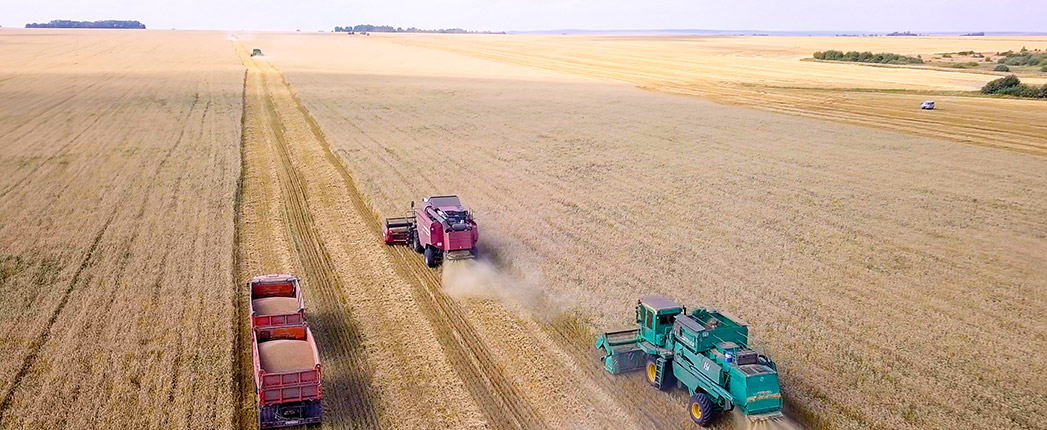
Russia’s finished lubricant demand will decline 4% to 1.64 million tons in 2020 because of the COVID-19 pandemic’s negative impacts on the economy, according to a forecast by a Moscow-based consultancy.
After the continued lubricant demand growth that took place from 2015 to 2019, B2X expects the depressed 2020 demand for industrial, commercial and passenger car lubricants in Russia to continue through at least 2023.
“In 2020, the largest decline of 5% is expected in the commercial sector in light of decreased freight and passenger transportation,” Ivan Yakovlev, senior analyst with B2X, told Lube Report last week. “In the same year, a 3% decline is expected in the demand for each of the passenger car and industrial lubricants sectors.”
The crude oil exploration and production and machine building sectors will record the largest lube demand slump this year; however, the rates of demand decline are getting smaller, he indicated..
The expected demand of 1.64 million tons in 2020 is a return close to the 1.67 million tons of finished products consumed in 2017. Russia consumed 1.56 million tons of finished lubricants in 2015 and 1.58 million tons in 2016, while in 2018 the consumption volume reached 1.67 million tons.
Although the economic crises that started during the second quarter is still ongoing, B2X estimated that finished lubricant demand rose during the third quarter for economic sectors deemed essential, including agriculture and food production, forestry and construction.
As the economy in Russia recuperates, B2X projects two scenarios for revival of the lubricant market – conservative and fast recovery.
“In the conservative scenario we see a revival of the market starting in 2023 and onwards, [at the] latest by 2024,” Yakovlev said. “In case of more effective governmental subsidies and support for the economy, the recovery may be faster and could start in 2022.”
B2X conducted its analysis based on available data about lubricant production, imports and export from 2017 to 2019 along with surveys of lubricant marketers and distributors and chemical additive suppliers.